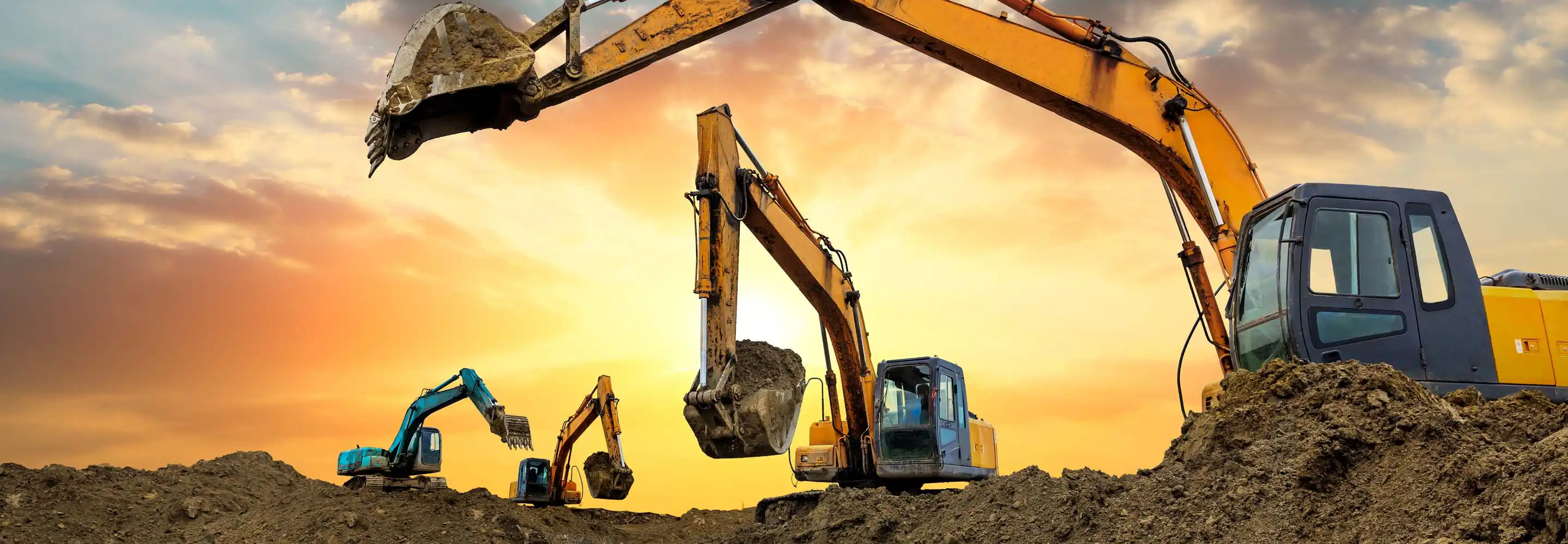Renting Vs. Purchasing Building And Construction Devices: Making the Right Choice for Your Project
When embarking on a construction task, one of the important decisions that project stakeholders and managers encounter is whether to get or rent out construction devices. The choice pivots on numerous variables such as expense considerations, project duration, tools maintenance, risk, adaptability, and scalability management.
Expense Factors To Consider
Renting out equipment commonly requires lower initial settlements compared to acquiring, making it an attractive option for short-term tasks or contractors with budget plan restrictions. In the lengthy run, constantly renting out devices can collect greater prices than acquiring, particularly for prolonged jobs.
On the other hand, getting building and construction devices involves greater upfront costs but can lead to long-term cost savings, specifically for lasting projects or regular individuals. Having equipment provides adaptability, convenience, and the capacity for resale value once the project is finished. Additionally, owning tools permits customization and knowledge with particular equipment, possibly boosting performance and productivity on-site. Eventually, the choice between getting and leasing building and construction tools rests on the project's duration, regularity of use, budget plan factors to consider, and long-lasting economic objectives.
Task Duration

On the other hand, for lasting tasks or recurring building and construction work, acquiring devices could be the much more affordable alternative. Investing in devices can cause cost financial savings over time, specifically if the equipment will certainly be regularly made use of. Additionally, having tools offers a feeling of control over its availability and allows for modification to fit particular job demands.

Devices Upkeep
Provided the vital function job period plays in establishing the most cost-efficient method between getting and leasing building and construction tools, the focus now moves towards examining the important facet of tools upkeep. On the various other hand, having devices needs a positive method to maintenance to stop failures, make sure safety and security, and prolong the tools's life-span. Inevitably, a properly maintained building and construction tools fleet, whether rented out or possessed, is vital for the successful and effective completion of construction tasks.
Flexibility and Scalability
In the world of construction tools administration, the aspect of adaptability and scalability holds considerable significance for task effectiveness and resource application. Choosing to rent out building equipment provides a high degree of versatility as it allows for the quick modification of equipment kinds and quantities based upon the progressing needs of a project. Renting out allows professionals to access a variety of specific tools that might be needed for specific tasks without the long-term dedication of ownership. This flexibility is particularly beneficial for jobs with varying demands or unpredictable periods (forklift rental).
Moreover, scalability, another essential factor, is naturally connected to versatility. Renting building tools offers the advantage of quickly scaling procedures up or down as job demands fluctuate. Professionals can promptly trade or add equipment to match the task's transforming demands without the restrictions of having assets that may become underutilized or out-of-date. This capability to scale resources effectively can lead to cost savings and boosted task timelines, making leasing a positive choice for projects needing adaptability and responsive resource appropriation.
Threat Monitoring
Reliable risk administration in building tools operations is critical to making certain project success and mitigating prospective monetary losses. Building and construction tasks naturally involve different dangers, such as tools breakdowns, mishaps, and job delays, which can substantially influence the project timeline and budget. By very carefully thinking about the dangers connected with owning or renting out building tools, job supervisors can make educated choices to lessen these potential dangers.
Renting out building tools can supply a degree of threat reduction by transferring the duty of upkeep and repair services to the rental company. This can heavy equipment rental decrease the economic problem on the job proprietor in instance of unanticipated tools failings (mini excavator rental). Additionally, renting offers the flexibility to access specialized equipment for details project phases, minimizing the threat of owning underutilized equipment
On the other hand, owning building tools gives a sense of control over its use and upkeep. Nevertheless, this also means bearing the complete responsibility for repairs, maintenance expenses, and devaluation, raising the financial threats related to equipment ownership. Cautious threat evaluation and consideration of variables such as job duration, equipment utilization, and maintenance needs are vital in establishing the most suitable choice for effective threat monitoring in construction tasks.
Conclusion
To conclude, when choosing in between getting and renting out building and construction devices, it is crucial to consider expense, task period, equipment upkeep, versatility, scalability, and danger administration. Each variable plays a vital function in figuring out one of the most appropriate option for the job at hand. By thoroughly reviewing these elements, task managers can make an educated decision that straightens with their budget plan, timeline, and overall task objectives.
